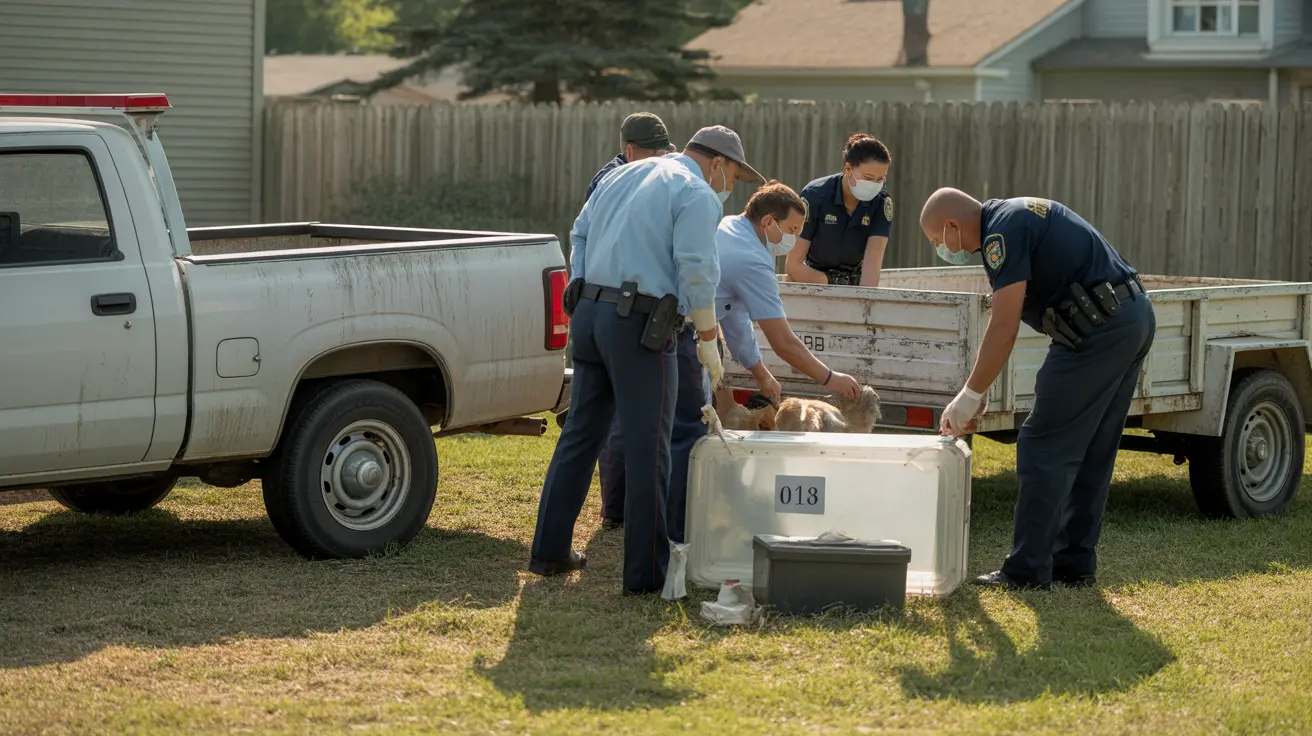Can a Wagon Be Considered a Pet Stroller?
When it comes to choosing the right **mobility aid for your pet**, many owners are faced with a variety of options. Two of the most common choices are **pet strollers** and **wagons**. While they may appear different at first glance, the two share many features and uses—leading to the frequent question:
can a wagon count as a stroller? The short answer is yes, especially when selected carefully to meet your pet’s needs.
Understanding the Purpose of Pet Mobility Aids
Both wagons and strollers are designed to help pets with **limited mobility**, recovering from surgery, or simply for safer transport through crowded or hazardous areas. Whether you're navigating busy city streets or hiking wooded trails, these aids allow pets to rest or be transported without strain.
Wagons vs. Strollers: Key Similarities and Differences
Wagons and
strollers have overlapping purposes but differ in structure and best-use scenarios:
- Wagons are generally roomier, with low entry points, which makes them ideal for larger dogs or pets with severe joint issues. They often feature sturdy wheels for rough terrain like beaches and trails and sometimes include **ramps** for added accessibility.
- Strollers are more compact, designed for **small to medium pets**, and typically enclosed with **mesh windows** for ventilation and visibility. Their design makes them perfect for urban environments and public transportation.
When a Wagon Functions as a Stroller
A wagon can serve all the essential functions of a stroller under the following circumstances:
- The pet fits comfortably inside, with ample space to lie down or turn around.
- It offers necessary safety features like **interior leash attachments** and **braking systems**.
- It is easy to maneuver and transport, with **durable wheels** and a **sturdy frame**.
- Padded interiors or additional **comfort-enhancing elements** (e.g., memory foam mattresses or suspension systems) are included.
Common Features Shared by Wagons and Strollers
No matter which you choose, modern designs often include:
- Mesh ventilation panels
- Removable, washable padding
- Safety leashes or harness attachment points
- Ample storage compartments
- Foldable frames for travel or storage
Evaluating Your Pet's Needs
Choosing between a wagon and stroller depends on your pet’s:
- Size and weight: Larger breeds benefit from wagons with reinforced frames.
- Mobility restrictions: Pets with conditions like arthritis may need low-entry options or ramps.
- Frequency of use: Regular use requires stronger build and easy-to-clean interiors.
- Environment: Trails and beaches call for the ruggedness of a wagon; cities are best suited for narrower strollers.
Terminology and Market Use
In practice, terms like “stroller,” “wagon,” “cart,” and “pushchair” are often used interchangeably. Merchants may group products under the broader umbrella of **pet strollers**, regardless of exact form, especially if they include four wheels, a pushing handle, and an enclosed or semi-enclosed compartment.
Best of Both Worlds: Hybrid Models
Today's market also offers **multi-functional models** such as:
- Stroller-carrier-car seat units for travel versatility.
- Push-pull wagons with dual handles and high suspension systems.
- Folding wagons with enclosed mesh covers, mimicking stroller safety.
Pet Types and Safety Considerations
While dogs are the most common occupants, strollers and wagons also accommodate **cats, rabbits, and other small pets**. For cats, enclosed features are especially important due to their heightened sensitivity to external stimuli.
Safety Tips:
- Always secure your pet inside using a harness, not a collar.
- Check for operational brakes before every outing.
- Choose models with reflective elements for evening use.
Conclusion
To answer the question:
yes, a wagon can count as a stroller, especially when designed with pet safety, comfort, and usability in mind. For large or mobility-challenged pets, a wagon may actually be the optimal version of a stroller—offering space, accessibility, and support beyond what a traditional pet stroller can provide. When selecting a pet mobility aid, prioritize your pet’s specific needs and the environments you'll explore together to make the best choice.





